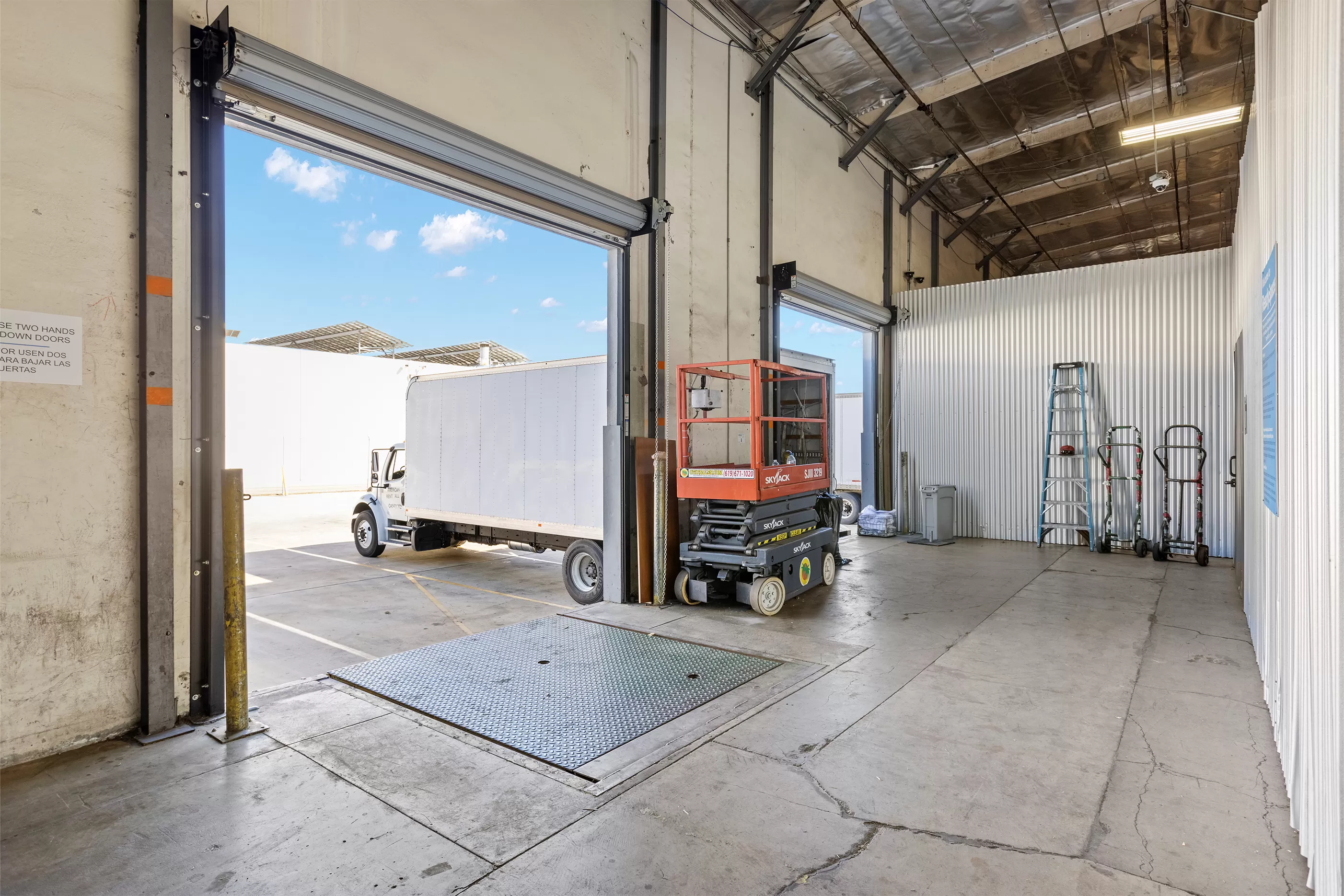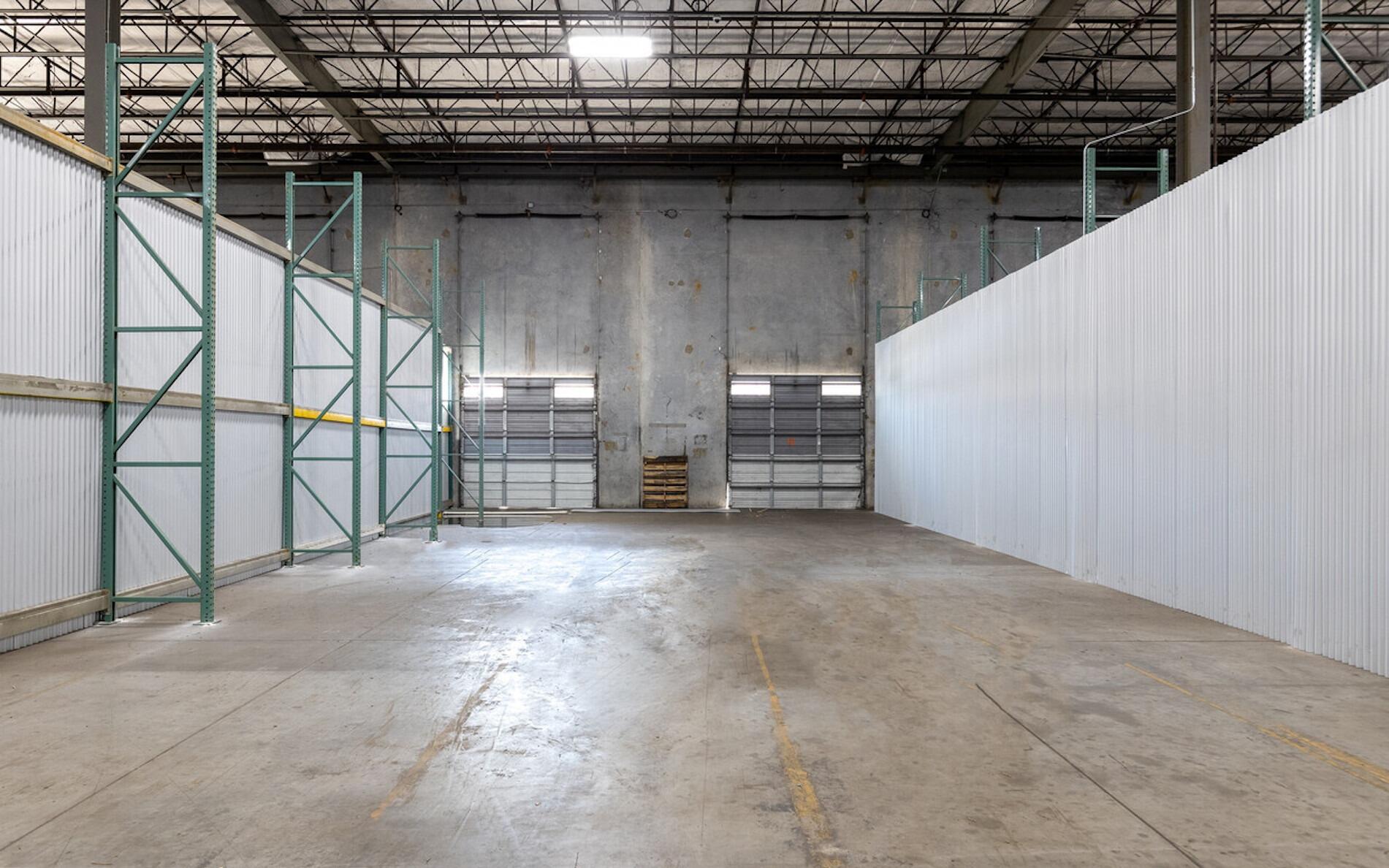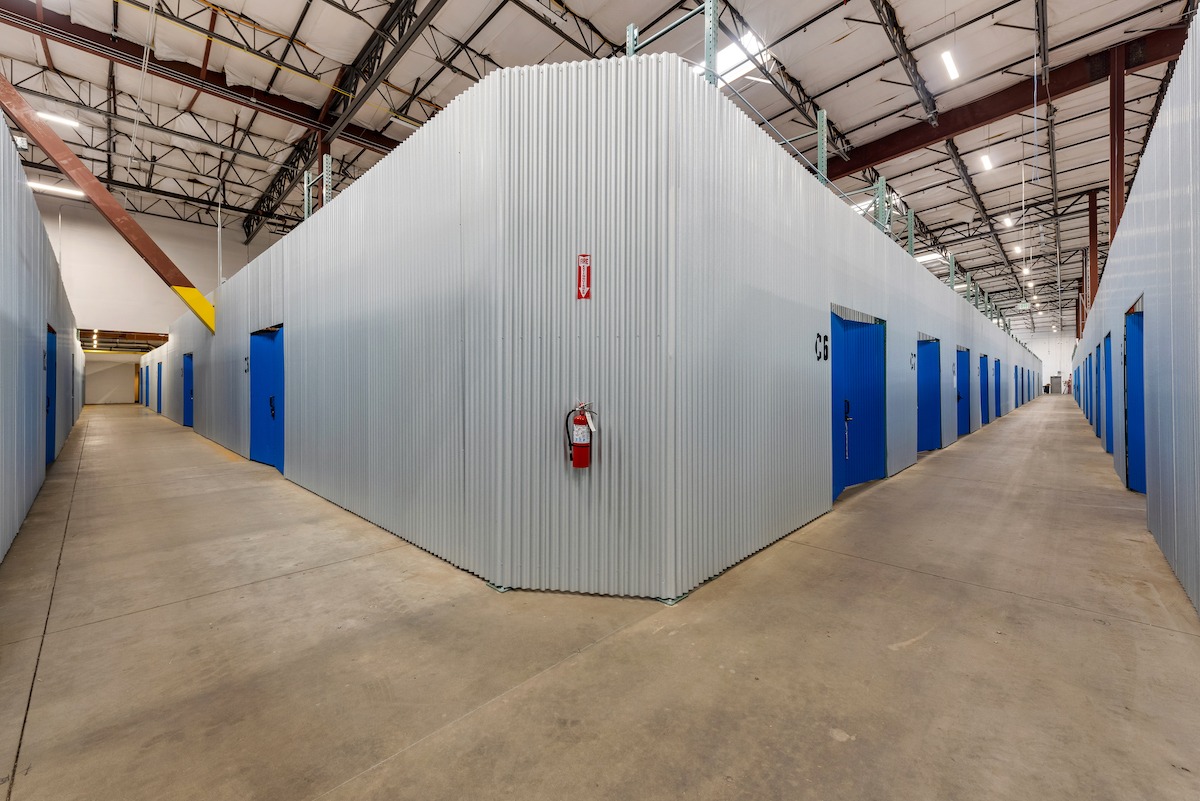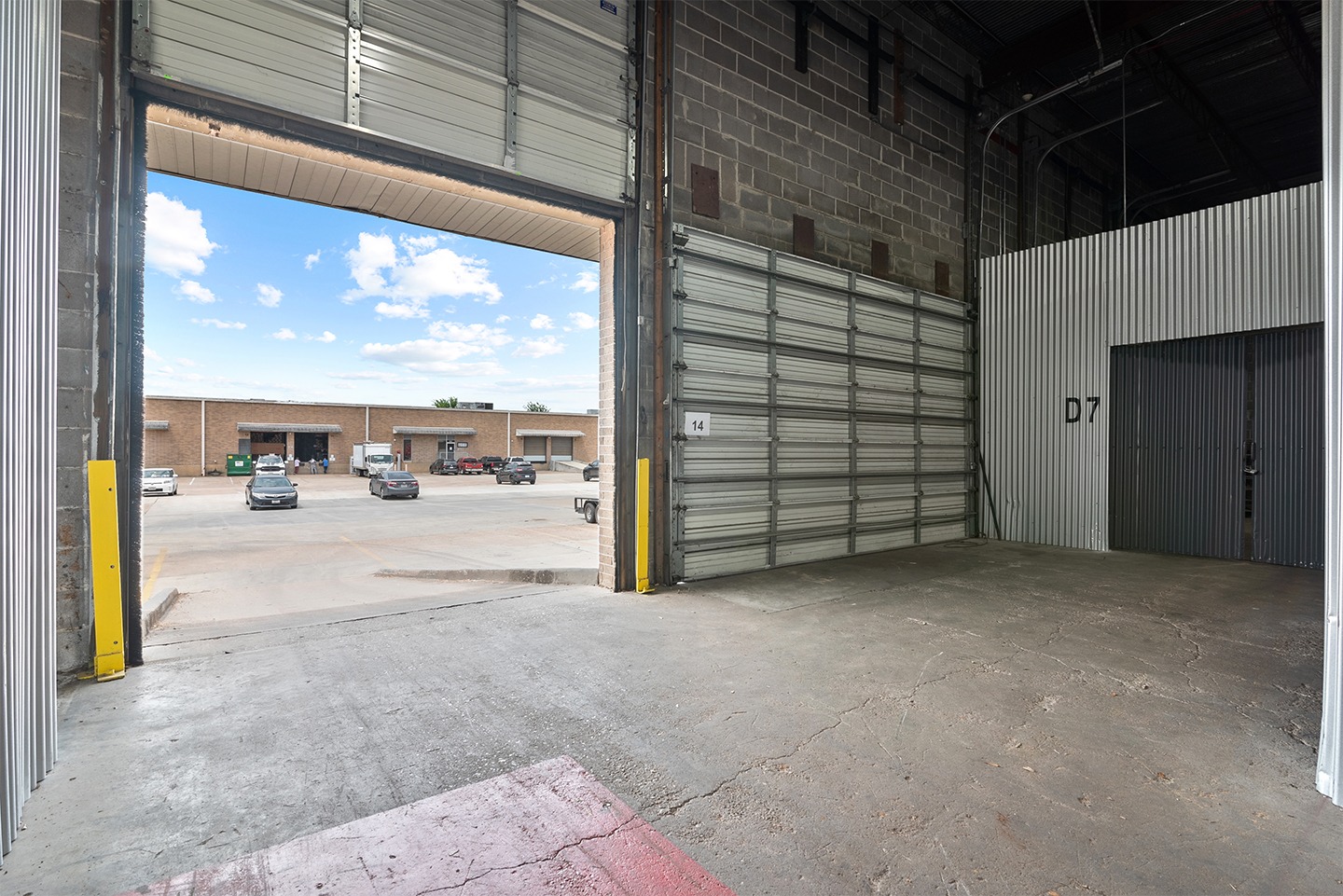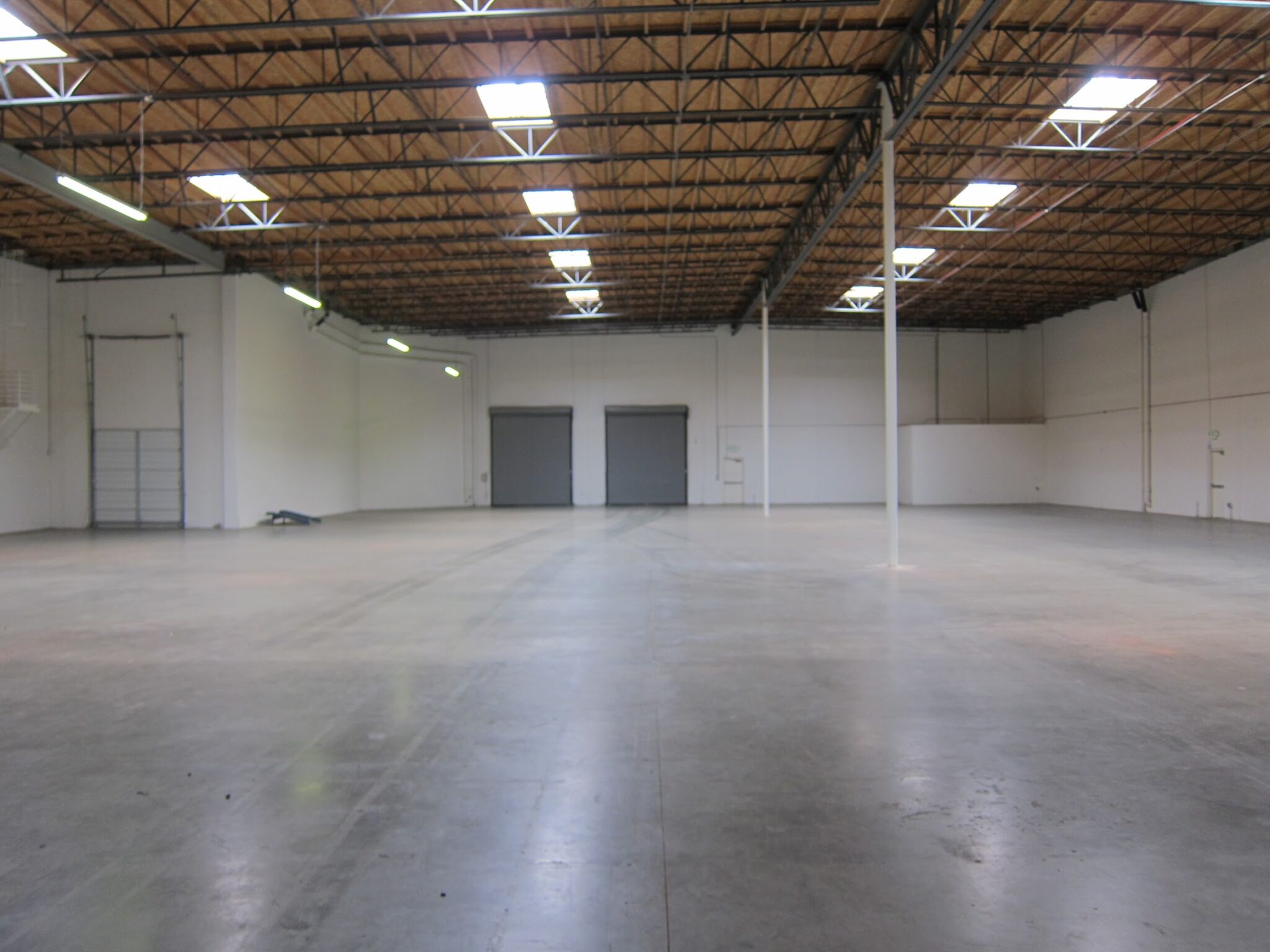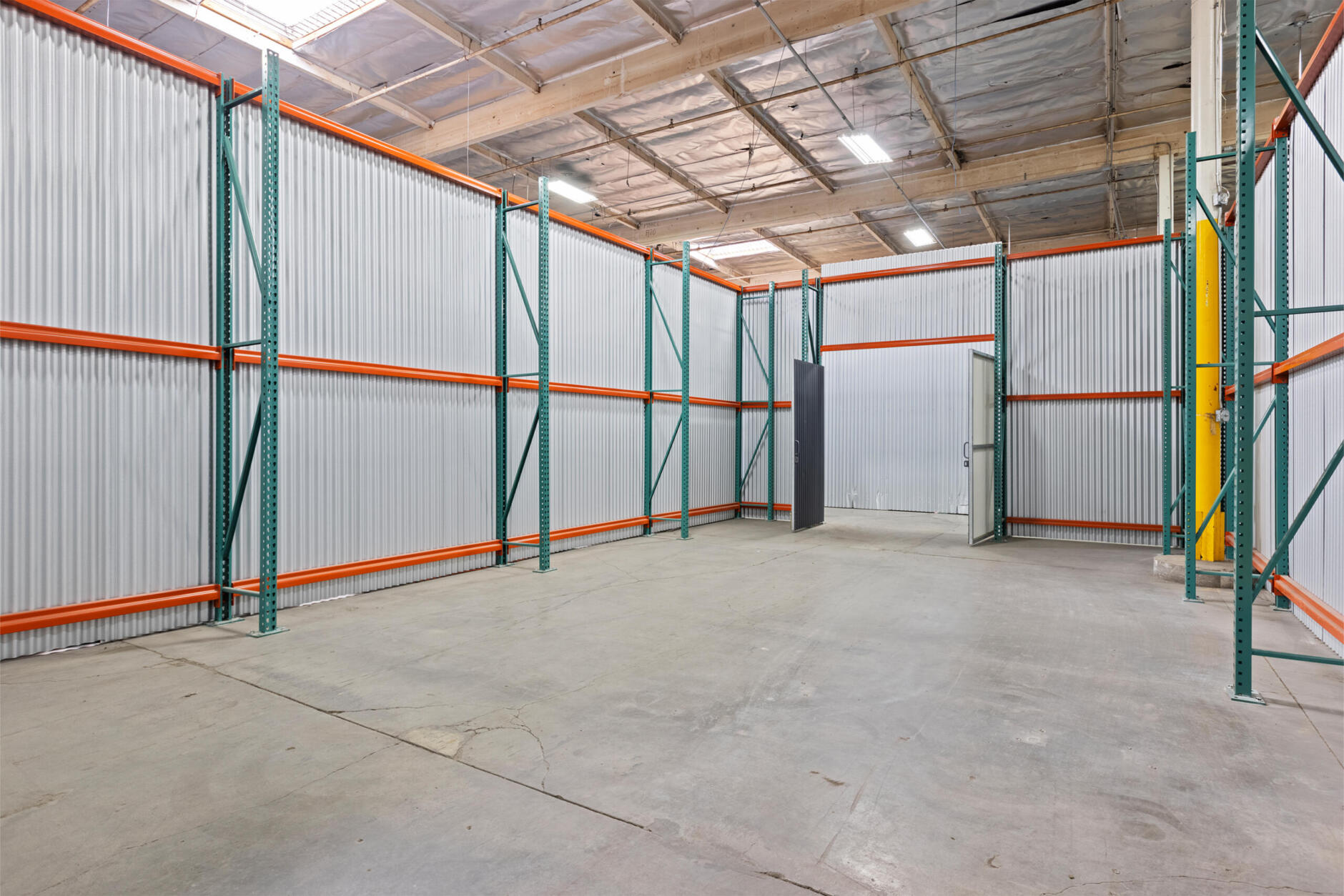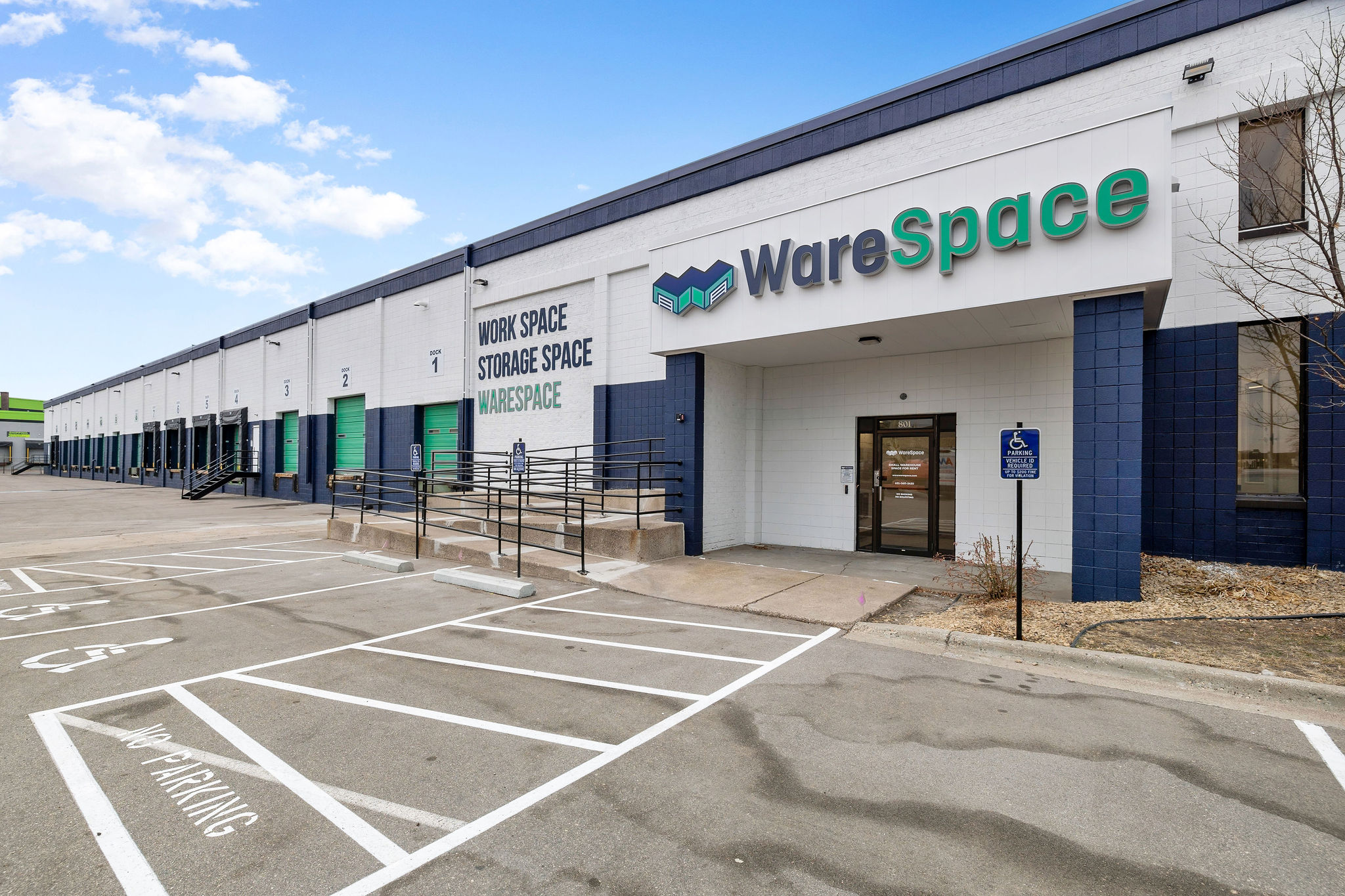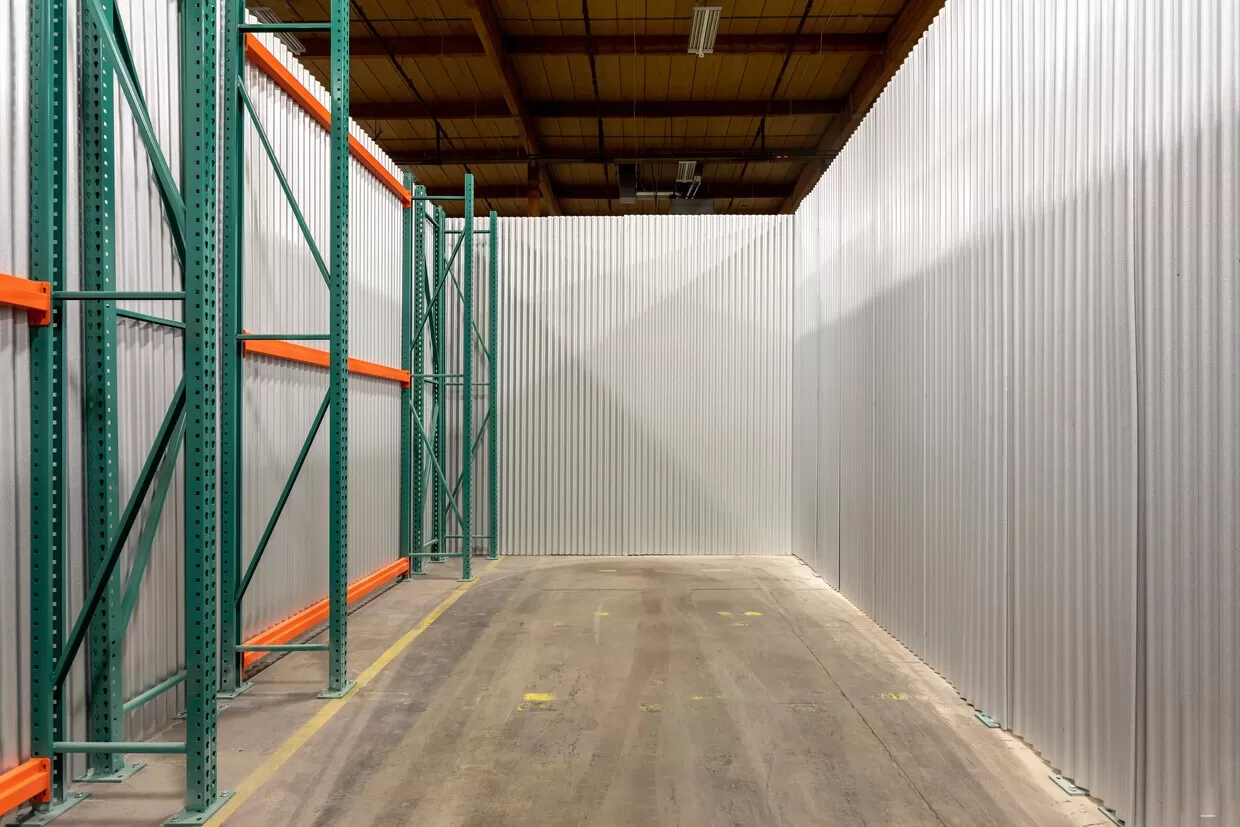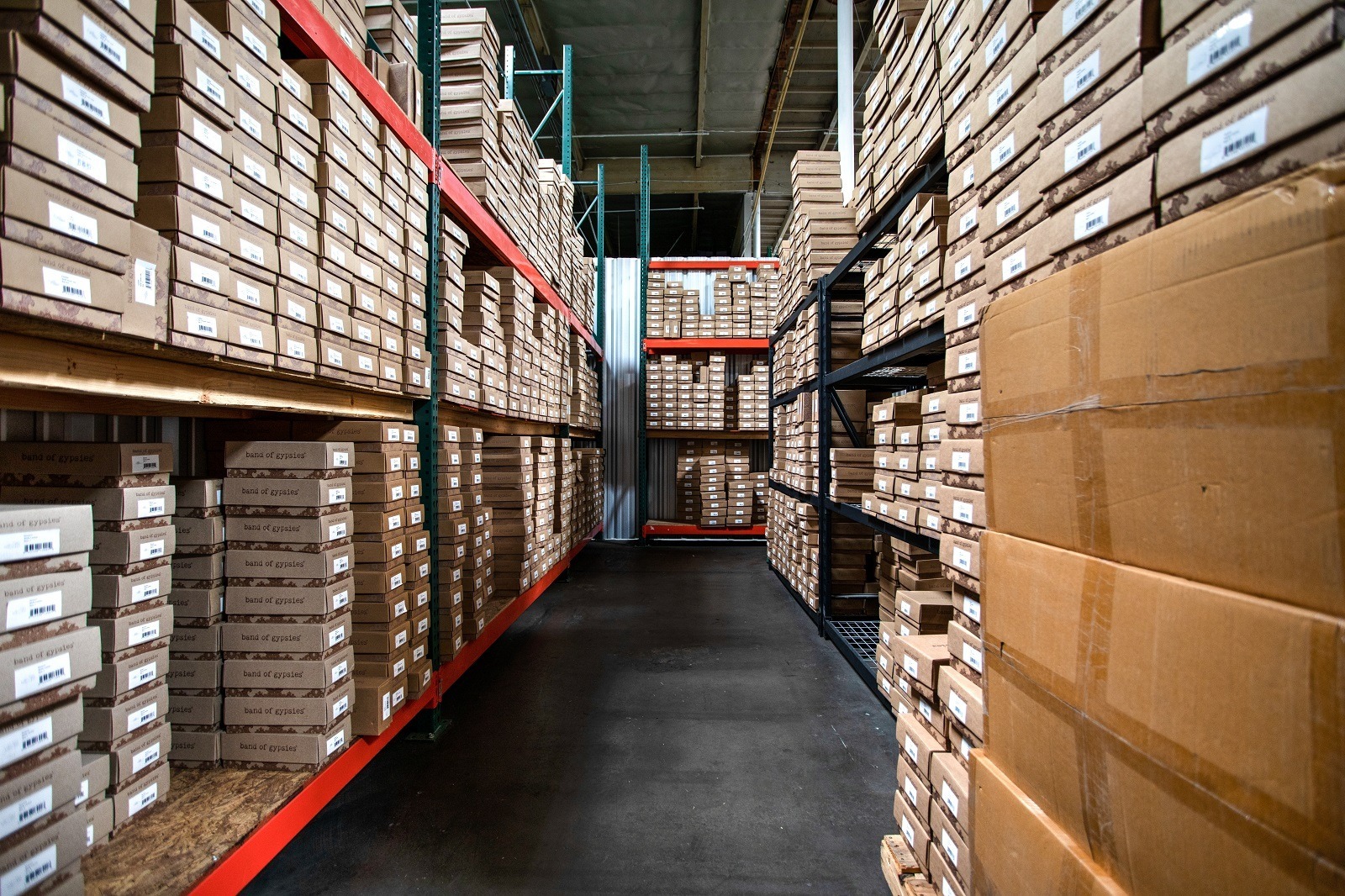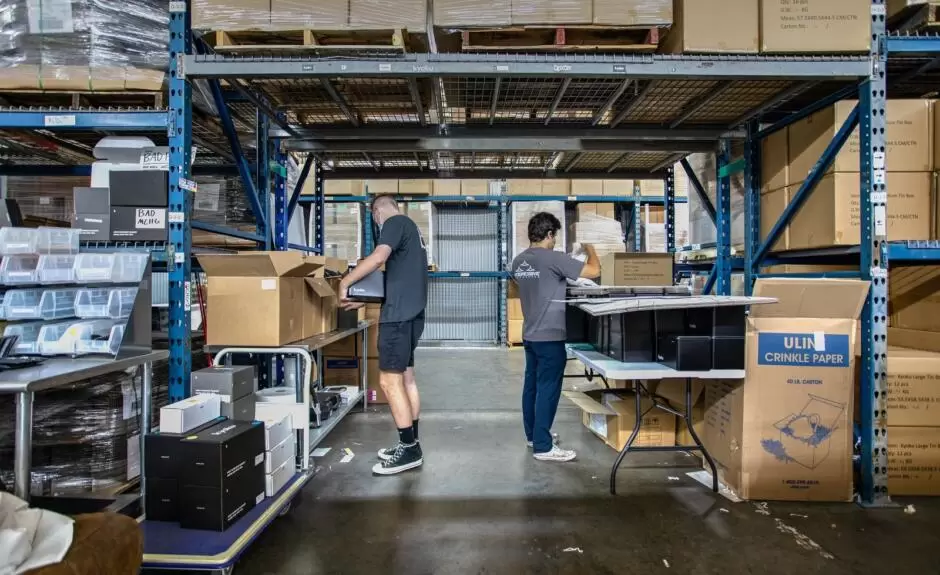Warehouse Bays For Rent Near Me
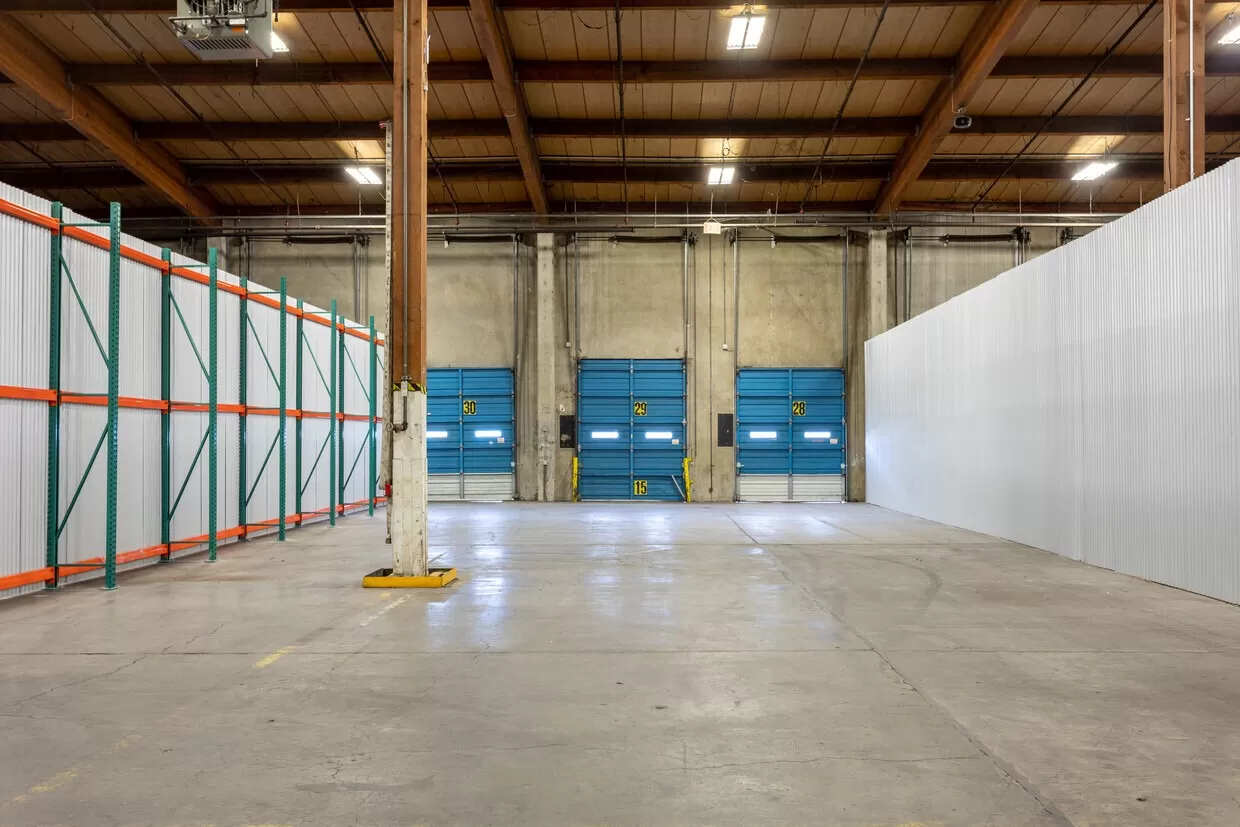
The scramble for industrial space is intensifying across the nation, leaving businesses of all sizes struggling to find adequate warehouse bays. Skyrocketing demand, coupled with persistent supply chain bottlenecks, has created a fiercely competitive market, pushing rental rates to unprecedented levels.
This escalating situation poses significant challenges for small and medium-sized enterprises (SMEs) in particular, threatening their ability to expand, operate efficiently, and ultimately, remain competitive. Finding "Warehouse Bays For Rent Near Me" has become a daily struggle for many.
The Nut Graf: Understanding the Dynamics
This article delves into the factors driving the surge in demand for warehouse bays, examines the geographic variations in rental rates and availability, and explores the strategies businesses are employing to navigate this challenging landscape. We will also assess the potential long-term impacts on the economy and the future of industrial real estate. The focus remains firmly on providing information to those searching “Warehouse Bays For Rent Near Me”.
Data from reputable real estate firms and industry analysts will be used to provide a clear picture of the current market conditions. Expert opinions from brokers, economists, and business owners will offer valuable insights and perspectives.
The Demand Surge: A Perfect Storm
Several factors have converged to fuel the insatiable demand for warehouse space. The e-commerce boom, accelerated by the COVID-19 pandemic, has fundamentally altered consumer behavior and increased the need for fulfillment centers.
Businesses require larger inventories to meet the growing demand for online orders and manage supply chain disruptions. According to a report by CBRE, e-commerce sales accounted for a significant portion of new warehouse leasing activity in the past year.
Supply chain bottlenecks, including port congestion and labor shortages, have further exacerbated the problem. Companies are holding larger safety stocks to buffer against potential disruptions, requiring even more storage space. These factors combined intensify the search for “Warehouse Bays For Rent Near Me”.
Geographic Disparities: Not All Markets Are Created Equal
The availability and cost of warehouse bays vary significantly across different geographic regions. Coastal markets and major transportation hubs are experiencing the most acute shortages and highest rental rates.
Cities like Los Angeles, New York, and Chicago have seen vacancy rates plummet to record lows, making it incredibly difficult for businesses to find affordable space. In contrast, some secondary markets offer more availability and relatively lower rents, but may lack the infrastructure and accessibility required by certain businesses.
Data from real estate analytics firm CoStar Group shows significant rent growth in key industrial markets. This data highlights the importance of researching specific locations when searching "Warehouse Bays For Rent Near Me."
Strategies for Navigating the Market
Faced with limited options and rising costs, businesses are exploring a variety of strategies to secure warehouse space. Some are considering expanding into secondary or tertiary markets, where competition is less intense. This may involve increased transportation costs, but the overall cost savings could be significant.
Others are opting for shorter lease terms or flexible warehouse solutions, such as shared warehousing or on-demand storage. These options provide more flexibility but may come with higher per-square-foot costs. Companies are also investing in warehouse automation and optimization to maximize the utilization of existing space.
“We’ve had to get creative to find the space we need,” says John Smith, CEO of a logistics company based in Dallas. “We’re looking at smaller bays in multiple locations to diversify our risk and keep our costs manageable.” His company now uses multiple resources when searching "Warehouse Bays For Rent Near Me".
The Impact on SMEs
SMEs are particularly vulnerable to the warehouse space shortage. They often lack the financial resources and negotiating power to compete with larger corporations.
The increased cost of warehousing can erode profit margins, forcing them to raise prices or reduce investment in other areas, such as marketing and innovation. According to the National Federation of Independent Business (NFIB), the rising cost of rent and utilities is a major concern for small business owners.
"The current situation is unsustainable for many small businesses," says Dr. Emily Carter, an economist specializing in supply chain management. "Without access to affordable warehouse space, they will struggle to grow and compete."
The Long-Term Outlook
The long-term outlook for the warehouse market remains uncertain. While new construction is underway in many areas, it may not be enough to meet the growing demand. Some analysts predict that the market will eventually stabilize, but rental rates are unlikely to return to pre-pandemic levels.
The growth of e-commerce and the increasing complexity of supply chains suggest that the demand for warehouse space will remain strong for the foreseeable future. Businesses need to plan strategically and explore all available options to secure the space they need to thrive.
Technological advancements, such as robotics and automation, may also play a role in shaping the future of warehousing. These technologies can help businesses optimize space utilization and reduce their reliance on traditional warehouse bays.
Conclusion: Adapting to the New Reality
The search for "Warehouse Bays For Rent Near Me" has become a critical challenge for businesses across the country. The combination of surging demand, limited supply, and geographic disparities has created a fiercely competitive market. Companies must adopt innovative strategies and leverage technology to navigate this challenging landscape.
For SMEs, the ability to secure affordable warehouse space will be crucial for their long-term survival and success. Policymakers and industry stakeholders need to work together to address the underlying issues driving the shortage and ensure that all businesses have access to the resources they need to compete in the global economy.
Ultimately, adaptability and strategic planning will be key to thriving in this new reality of the industrial real estate market. Ignoring the need for adequate warehouse solutions can be detrimental for any company regardless of size.
